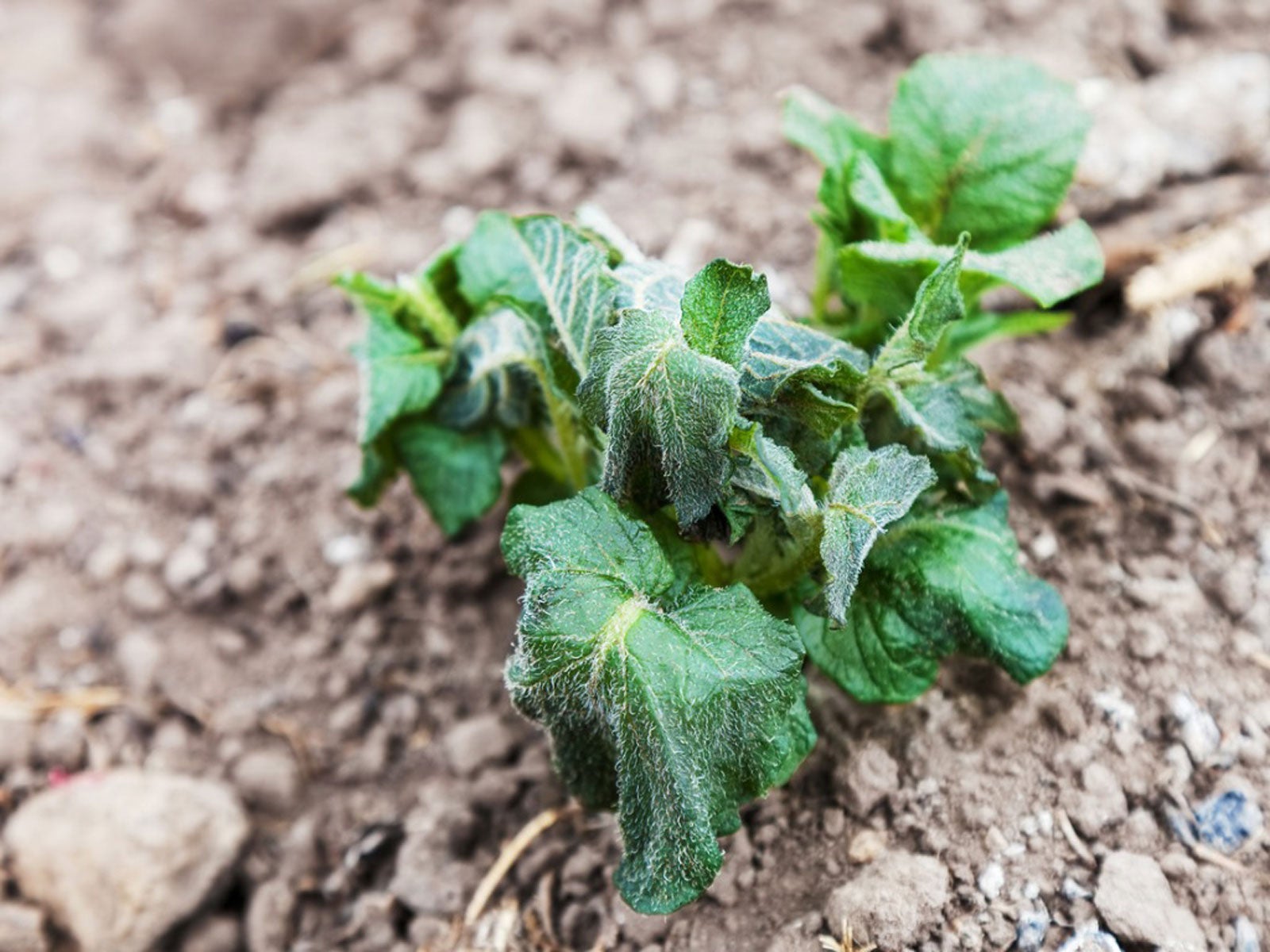Keeping Plants Safe In Frost: How To Protect Plants From Frost


Frost can spell serious damage to tender plants. Epecially if you live in an area where frosts are uncommon, frost poses a real threat to plants that are used to temperatures above freezing. Even if your climate experiences cold winters, a single frost can come late in the spring or early in the fall to kill your tender plants well before their time. Keep reading to learn more about protecting plants from frost.
How to Protect Plants from Frost
Keeping plants safe in frost means being vigilant about the weather. It’s always a good idea to stay as up to date as you can on current conditions in your area, which will give you the heads up as to when frost may be expected. The best frost plant protection methods are dependent on the length of time cold temps will remain, how low they will go and, of course, the types of plants you have.
These are tips to protect plants from frost if temperatures are projected to dip below 32 F. (0 C.) at night, but not much lower. They’re short-term safety measures that give your plants a few extra degrees to make it through the night, not winter-long plans. That being said, they can be quite effective for shorter periods of time.
- Water thoroughly. Wet soil retains warmth better than dry soil. You can also spray leaves with an anti-transpirant to prevent harmful winter loss of moisture.
- Cover with breathable material. Sheets, blankets, and towels thrown over the tops of plants can help them retain heat. If you cover your plants with plastic, hold it up with stakes - any parts of the plant that touch the plastic will be frosted.
- Hang lights in trees and bigger plants. A 100-watt bulb or a string of Christmas lights will radiate heat through the plant. Make sure your bulbs are outdoor safe, and not LED (LED does not give off heat).
- Move container plants. Cluster them close together to store heat better. Place them against the wall of a building, preferably a south- or west-facing one that will hold the heat of the day longer. Alternatively, you can bring them all the way indoors for the night.
- Wrap younger trees. Wrap the trunks of less mature trees in blankets or burlap to help retain heat.
Nothing is guaranteed for keeping plants safe in frost, especially if the temperature falls lower than anticipated. If it’s autumn, pick everything ripe the day before the frost, just in case.
Gardening tips, videos, info and more delivered right to your inbox!
Sign up for the Gardening Know How newsletter today and receive a free copy of our e-book "How to Grow Delicious Tomatoes".

The only child of a horticulturist and an English teacher, Liz Baessler was destined to become a gardening editor. She has been with Gardening Know how since 2015, and a Senior Editor since 2020. She holds a BA in English from Brandeis University and an MA in English from the University of Geneva, Switzerland. After years of gardening in containers and community garden plots, she finally has a backyard of her own, which she is systematically filling with vegetables and flowers.
-
 Looking For Plants To Give You The Soft And Fuzzies? Try These 5 Fuzzy Leaf Plant Options
Looking For Plants To Give You The Soft And Fuzzies? Try These 5 Fuzzy Leaf Plant OptionsLovers of texture, drama, silver foliage and tactile plants will adore these special sensory garden additions. These fuzzy leaf plant options will leave you all aglow
By Susan Albert
-
 Get Ready For A Summer Of Hummers! Grow These Full Sun Hummingbird Plants and Flowers
Get Ready For A Summer Of Hummers! Grow These Full Sun Hummingbird Plants and FlowersIf you’re lucky enough to enjoy a sunny backyard, make sure you are maxing out on your pollinator opportunities and grow these full sun hummingbird plants and flowers
By Tonya Barnett